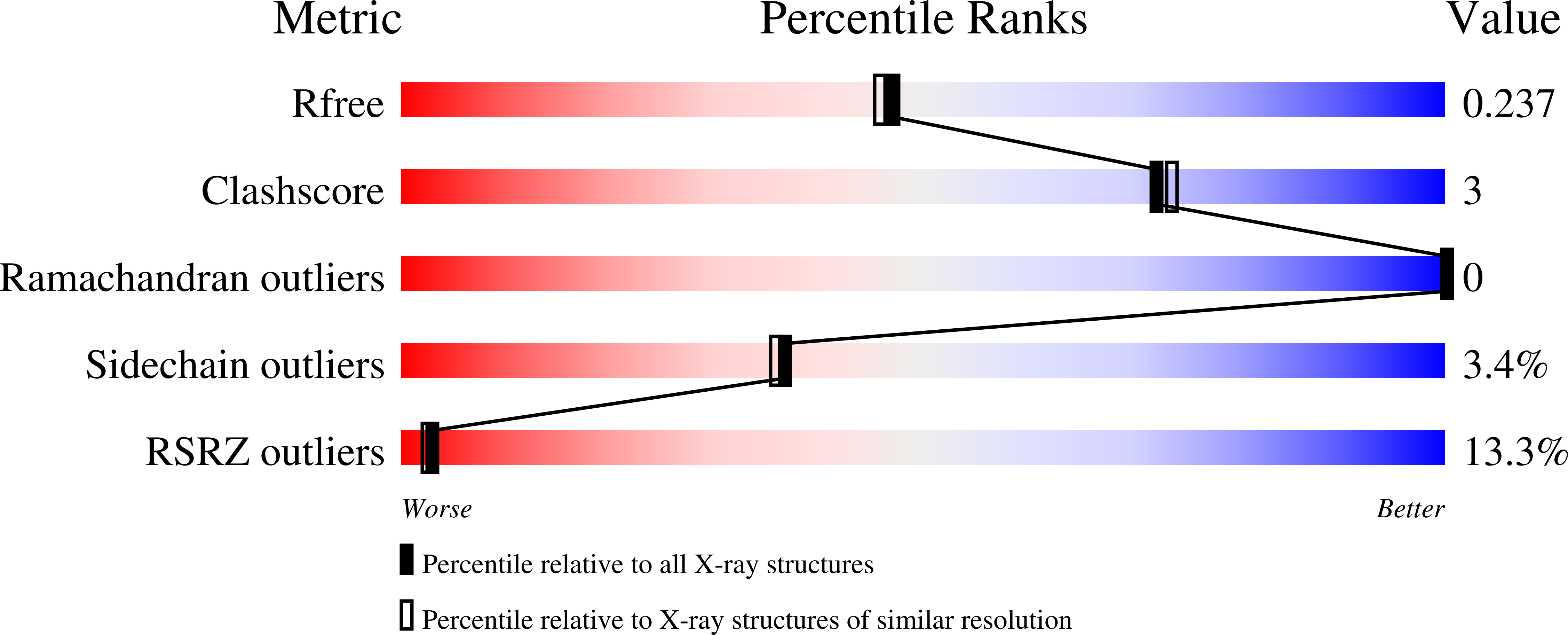
Deposition Date
2022-08-01
Release Date
2023-02-15
Last Version Date
2023-10-25
Method Details:
Experimental Method:
Resolution:
2.00 Å
R-Value Free:
0.23
R-Value Work:
0.21
R-Value Observed:
0.21
Space Group:
P 41 21 2


